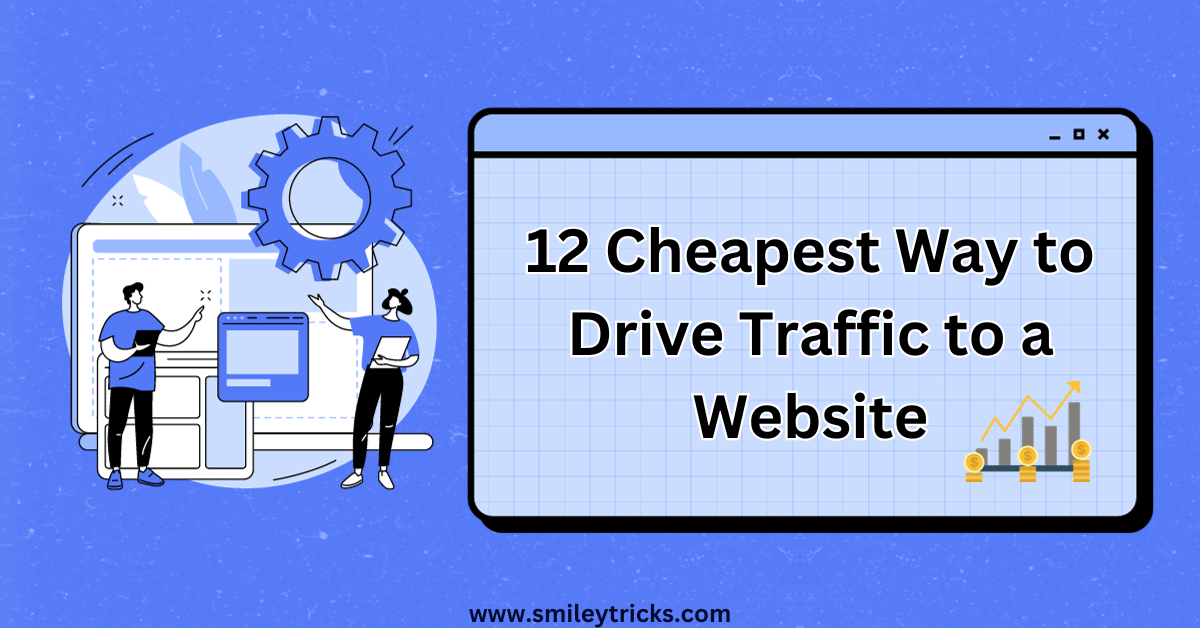Master Core Java Interview Topics -A Comprehensive Guide
Welcome to this comprehensive Java tutorial! Whether you are a complete beginner or someone looking to brush up on Java, this guide will walk you through all the essential concepts. Java is a versatile and powerful programming language widely used for building applications ranging from web servers to mobile apps.
Core Java Interview Topics
What is Java?
Java is a high-level, object-oriented programming language developed by Sun Microsystems (now owned by Oracle) in 1995. It is designed to be platform-independent, meaning you can write your code once and run it anywhere. Java is known for its robustness, security features, and portability.
Getting Started with Java
Creating a Java Project
To start coding in Java, you need to set up your development environment. You can use an Integrated Development Environment (IDE) like Eclipse, IntelliJ IDEA, or NetBeans. Here’s how you can create a Java project in Eclipse:
- Download and install Eclipse.
- Open Eclipse and select a workspace directory.
- Go to File > New > Java Project.
- Enter the project name and click Finish.
Compiler Errors
When you write code, you might encounter compiler errors. These errors occur when the Java compiler finds something wrong with your code. Common issues include missing semicolons, mismatched braces, and incorrect syntax.
Print Statements
In Java, you use the System.out.println() method to print text to the console. It’s a quick way to display information and debug your programs.
Shortcut for Writing System.out.println() Statement
Most IDEs provide shortcuts for common commands. In Eclipse, you can type Syso and press Ctrl+Space to auto-complete the System.out.println() statement.
Comments
Comments are non-executable statements that help you document your code. Java supports three types of comments:
- Single-line comments: // This is a single-line comment
- Multi-line comments: /* This is a multi-line comment */
- Documentation comments: /** This is a documentation comment */
Data Types
Java supports various data types, which are divided into two categories: primitive and non-primitive. Primitive data types include int, char, boolean, float, double, byte, short, and long. Non-primitive data types include classes, arrays, and interfaces.
Literals
Different Types of Literals
Literals are fixed values assigned to variables. They can be of various types:
- Integer literals:
10,0b1010,012,0xA - Floating-point literals:
3.14,2.0e10 - Character literals:
'A','\u0041' - String literals:
"Hello" - Boolean literals:
true,false
Escape Characters
Escape characters are special characters preceded by a backslash (\). Common escape characters include:
- \n (new line)
- \t (tab)
- \\ (backslash)
- \” (double quote)
Operators
Types of Operators
Operators in Java are symbols that perform operations on variables and values. Java has several types of operators:
- Arithmetic operators: +, -, *, /, %
- Relational operators: ==, !=, >, <, >=, <=
- Logical operators: &&, ||, !
- Assignment operators: =, +=, -=, *=, /=
- Unary operators: ++, —
- Bitwise operators: &, |, ^, ~, <<, >>, >>>
Operator Precedence
Operator precedence determines the order in which operators are evaluated in expressions. For example, multiplication and division have higher precedence than addition and subtraction. Use parentheses to control the evaluation order explicitly.
Flow Control Statements
Flow control statements allow you to control the flow of execution in your program. Java supports several flow control statements:
- Conditional statements: if, else if, else, switch
- Looping statements: for, while, do-while
- Branching statements: break, continue, return
Methods, Classes, and Objects
In Java, methods are blocks of code that perform specific tasks. Classes are blueprints for creating objects. Objects are instances of classes that encapsulate data and behavior.
OOP Concepts
Object-oriented programming (OOP) is a paradigm based on the concept of “objects”. Java supports four main OOP concepts:
Abstraction
Abstraction involves hiding the complex implementation details of a system and exposing only the necessary features. In Java, you can achieve abstraction using abstract classes and interfaces.
Polymorphism
Polymorphism allows objects to be treated as instances of their parent class rather than their actual class. There are two types of polymorphism in Java:
Method Overloading
Method overloading occurs when multiple methods in a class have the same name but different parameters.
Method Overriding
Method overriding occurs when a subclass provides a specific implementation for a method already defined in its superclass.
Inheritance
Inheritance allows one class to inherit the properties and methods of another class. The class that inherits is called the subclass, and the class being inherited from is called the superclass.
Encapsulation
Encapsulation is the practice of wrapping data and methods within a single unit or class. It helps protect the internal state of an object from outside interference and misuse.
Arrays
Arrays are used to store multiple values of the same type in a single variable. You can declare an array in Java.
String Class and Its Methods
The String class in Java is used to create and manipulate strings. Common methods include length(), charAt(), substring(), indexOf(), and toLowerCase().
StringBuffer Class and Its Methods
StringBuffer is a mutable sequence of characters. Unlike String, StringBuffer objects can be modified after they are created. Common methods include append(), insert(), delete(), and reverse().
Wrapper Classes
Wrapper classes provide a way to use primitive data types as objects. Examples include Integer, Character, Boolean, Float, Double, Byte, Short, and Long.
Math Class and Its Methods
The Math class provides methods for performing basic numeric operations such as exponentiation, logarithms, square roots, and trigonometric functions. Common methods include abs(), max(), min(), pow(), sqrt(), and random().
Packages
Packages are used to group related classes and interfaces. They help organize your code and avoid name conflicts. To create a package, use the package keyword at the beginning of your Java file.
Constructors
Constructors are special methods used to initialize objects. They have the same name as the class and do not have a return type. Constructors can be overloaded to create objects in different ways.
Interfaces
Interfaces define a contract that classes can implement. They contain abstract methods that must be implemented by any class that implements the interface.
Keywords
this
The this keyword refers to the current instance of a class. It is used to avoid naming conflicts and to access class members.
super
The super keyword refers to the superclass of the current object. It is used to call superclass methods and constructors.
Abstract Classes
Abstract classes cannot be instantiated and are meant to be subclassed. They can contain abstract methods, which must be implemented by subclasses, as well as concrete methods.
Modifiers
Modifiers are keywords that you add to class, method, or variable definitions to change their meanings. Common modifiers include public, protected, private, static, final, and abstract.
Collections Framework
The Java Collections Framework provides a set of classes and interfaces for storing and manipulating groups of data. Key components include:
Collection Interface
The root interface for all collections in Java. It includes methods for adding, removing, and querying elements.
List Interface
An ordered collection that allows duplicate elements. Common implementations include ArrayList, LinkedList, Vector, and Stack.
ArrayList in Detail
ArrayList is a resizable array implementation of the List interface. It provides fast random access and is not synchronized.
LinkedList
LinkedList is a doubly-linked list implementation of the List interface. It provides fast insertion and deletion.
Vector
Vector is a synchronized, resizable array implementation of the List interface. It is similar to ArrayList but thread-safe.
Stack
A stack is a subclass of vectors that implements a last-in, first-out (LIFO) stack of elements.
Set Interface
An unordered collection that does not allow duplicate elements. Common implementations include HashSet, LinkedHashSet, SortedSet, and NavigableSet.
HashSet
HashSet is a hash table-based implementation of the Set interface. It does not guarantee the order of elements.
LinkedHashSet
LinkedHashset is a hash table and linked list implementation of the Set interface. It maintains the insertion order of elements.
SortedSet
SortedSort a Set that maintains its elements in ascending order. A common implementation is TreeSet.
NavigableSet
NavigableSet is a SortedSet with navigation methods reporting closest matches for given search targets. Common implementation is TreeSet.
TreeSet
TreeSet is a NavigableSet implementation based on a red-black tree. It maintains elements in ascending order.
Map Interface
A collection that maps keys to values, with no duplicate keys allowed. Common implementations include HashMap, LinkedHashMap, Hashtable, and Properties.
HashMap
HashMap is a hash table-based implementation of the Map interface. It allows null values and keys.
LinkedHashMap
LinkedHashMap is a hash table and linked list implementation of the Map interface. It maintains the insertion order of keys.
Hashtable
Hashtable is a synchronized hash table implementation of the Map interface. It does not allow null keys or values.
Properties Class
Properties is a subclass of Hashtable that is used to maintain lists of values in which the key is a string and the value is also a string.
Converting Arrays to List
You can convert arrays to lists using the Arrays.asList() method. This is useful for performing list operations on array data.
Conclusion
Java is a powerful and versatile programming language that provides a wide range of features for developers. From basic syntax and data types to advanced OOP concepts and collections framework, this tutorial covers all the essential topics to get you started with Java. Keep practicing and exploring to become proficient in Java programming.












